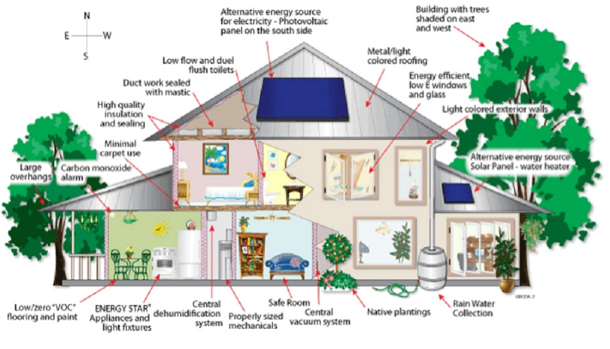
Deciphering Solar Output: A Guide to Evaluation
Solar energy is a sustainable and renewable source, but understanding how to assess its output is crucial for maximizing its benefits. In this comprehensive guide, we delve into the key factors and methods for effectively evaluating solar output to make informed decisions about solar installations.
Understanding Solar Panel Efficiency
Solar panel efficiency is a critical factor in determining the output of a solar system. Higher efficiency panels convert more sunlight into electricity, resulting in increased overall output. Evaluate the efficiency rating of solar panels before installation, considering the trade-offs between cost and performance.
Assessing Sunlight Availability and Intensity
The amount of sunlight a location receives directly impacts solar output. Evaluate the average sunlight hours and intensity in your region to estimate the energy potential. Tools like solar irradiance maps can provide insights into the solar resource available at a specific location, aiding in the decision-making process.
Accounting for Angle and Tilt of Solar Panels
The angle and tilt of solar panels significantly influence their performance. Properly aligning panels to optimize sun exposure throughout the day is crucial. Consider factors such as the geographical location, seasonality, and local climate when determining the ideal angle and tilt for solar panels.
Monitoring and Maintaining Solar Systems
Regular monitoring and maintenance play a key role in ensuring optimal solar output. Implement monitoring systems that track the performance of individual panels and the overall system. Routine maintenance, including cleaning panels and inspecting for any issues, contributes to sustained efficiency over the system’s lifespan.
Evaluating Energy Production Estimates
Solar installers often provide energy production estimates based on various factors. Understand the methodology behind these estimates and factor in variables such as shading, temperature variations, and system degradation over time. Realistic energy production estimates help set accurate expectations for the system’s performance.
Considering the Impact of Inverters
Inverters play a crucial role in converting direct current (DC) generated by solar panels into usable alternating current (AC). The type and quality of inverters impact overall system efficiency. Evaluate the inverter specifications and choose a reliable model that aligns with the capacity and requirements of the solar installation.
Exploring Battery Storage Solutions
For off-grid or hybrid solar systems, battery storage solutions contribute to overall energy resilience. Evaluate the capacity, efficiency, and lifespan of batteries to ensure they meet the energy storage needs of the system. Battery technology advancements offer opportunities for enhancing overall solar output reliability.
Factoring in System Losses and Degradation
Over time, solar systems may experience losses and degradation, impacting overall output. Factors such as dust accumulation, aging panels, and electrical losses should be considered. Regular system checks and addressing potential issues promptly can mitigate losses and maintain consistent performance.
Financial Evaluation and Return on Investment
Assessing the financial aspects of a solar installation involves calculating the return on investment (ROI). Consider the initial costs, available incentives, and projected energy savings over the system’s lifespan. This evaluation helps determine the economic viability and long-term benefits of the solar investment.
Exploring Insights and Solutions for Solar Evaluation
For comprehensive insights into evaluating solar output and making informed decisions, consider visiting How to Evaluate Solar Output. This resource provides valuable information, tools, and resources for individuals and businesses looking to harness the full potential of solar energy.
Conclusion: Empowering Solar Decisions through Evaluation
In conclusion, understanding how to evaluate solar output empowers individuals and businesses to make informed decisions about their solar installations. From assessing panel efficiency and sunlight availability to monitoring system performance and considering financial aspects, a holistic approach ensures that solar investments deliver optimal results. By embracing these evaluation strategies, we pave the way for a sustainable and energy-efficient future.


